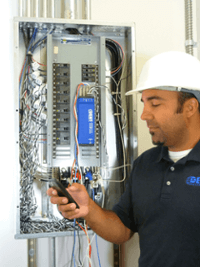
Most companies want to decrease their energy consumption, either for financial reasons, or to be active in reducing their carbon footprint, or both–but some of them aren’t sure where to begin. When the only measure of a facility’s energy usage is the bill customers receive at the end of the month, they may feel their facility is more like the proverbial black hole: power goes in, business happens inside, but it’s not clear exactly how much energy is used where and when. Factory owners may want to know where the heavy usage is inside their plant–how much consumption is used to operate compressors, chillers, pumps, lighting, etc. Office building owners may want to break out the energy consumed in their HVAC vs. lighting systems.
To get an accurate breakdown of energy consumption, a common method is to conduct a short-term energy audit. In an audit, monitoring devices are installed for a period of time to measure all the circuits that are responsible for the overall energy usage of the facility. The resulting data are recorded, demonstrating what areas are consuming the most power. By comparing the consumption of these with industry averages, it’s possible to identify areas where energy can be saved. For example, lighting energy usage that is higher than typical for a business of its size could mean that the facility has unnecessarily high illumination levels or lights in use when not necessary.
When starting an audit, there are many areas of a building that need to be investigated for potential savings. A good building energy audit will indicate how to reduce your energy costs by 10% to 40%, depending on the building. Energy audits typically focus on the following areas within a facility:
- Lighting Systems
- HVAC Systems and Controls
- Compressed Air Systems
- Renewable Energy Applications
- Electric Motors and Drives
- Process Systems
- Steam Systems
- Heat Recovery
- Building Envelope Upgrades
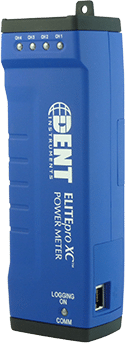
A variety of tools are part of every energy auditor’s toolkit. These items may include an infrared camera, digital pressure and flow gauges, a gas leak detector, a carbon monoxide detector, a combustion analyzer, a moisture meter, and others.
But to determine if there has been a reduction in energy consumption, a recording power meter is also required. For example, the DENT ELITEpro XC, can capture kWh/kW energy and demand data as well as many other relevant energy parameters for diagnostics and monitoring on three-phase or single phase systems. The ELITEpro XC is also ideal for capturing baseline energy consumption before any changes are made to an energy program. This baseline information is crucial in determining the success of any program.
In many cases, a load study can last for a month or more. If a recording power meter is not already part of your toolkit, or if the study is a one-time event, the smart choice may be to rent this equipment instead of purchasing.
DENT Instruments has a network of authorized distributors around the United States, some of which provide equipment rentals. If your next project is short term, give the distributor in your area a call for rental pricing. In addition to the equipment, they are a fantastic resource for advice on how to get started with your measurement project.
HERE ARE THE DENT AUTHORIZED DISTRIBUTORS WHO RENT EQUIPMENT:
| HANOVER TECHNICAL SALESMain Office: Virginia800-304-9043sales@hanovertechnical.comWebsite: http://hanovertechnical.com/ | ||
| PANEL COMPONENTS & SYSTEMS (PC&S)Main Office: New Jersey800-523-9194Bill Renshaw (ext 19): bill@pc-s.comRon Aloisio: raloisio@pc-s.comWebsite: http://www.pc-s.com/ | ||
| LAKELAND ENGINEERINGOffice Locations: Minneapolis (HQ), Denver, Kansas City, Omaha1-855-544-0321meck@lakelandengineering.comrkucksdorf@lakelandengineering.comWebsite: https://shop.lakelandengineering.com/brands/dent-instruments | ||
| PQ TESTING & RENTALSMain Office: Florida407-421-0846pqtesting@yahoo.comWebsite: http://www.pqtesting.com/ |

![10-Step Checklist for ElitePro Power Meter Verification [Download Available]](https://www.dentinstruments.com/wp-content/uploads/2022/03/elitepro_installation_with_rocoils-1-500x383.jpg)
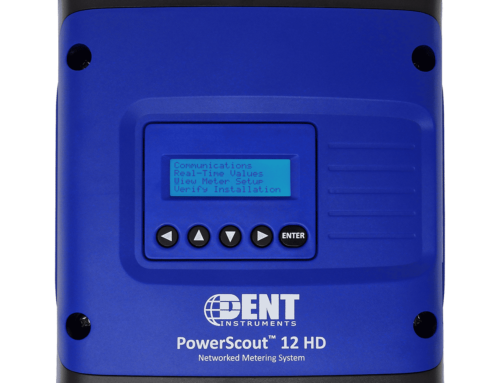
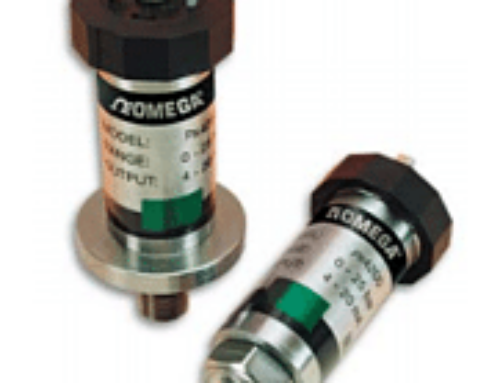
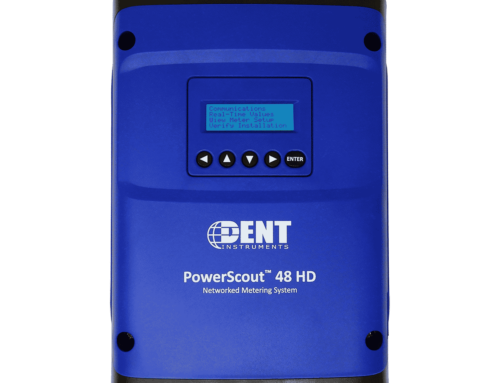


Leave A Comment